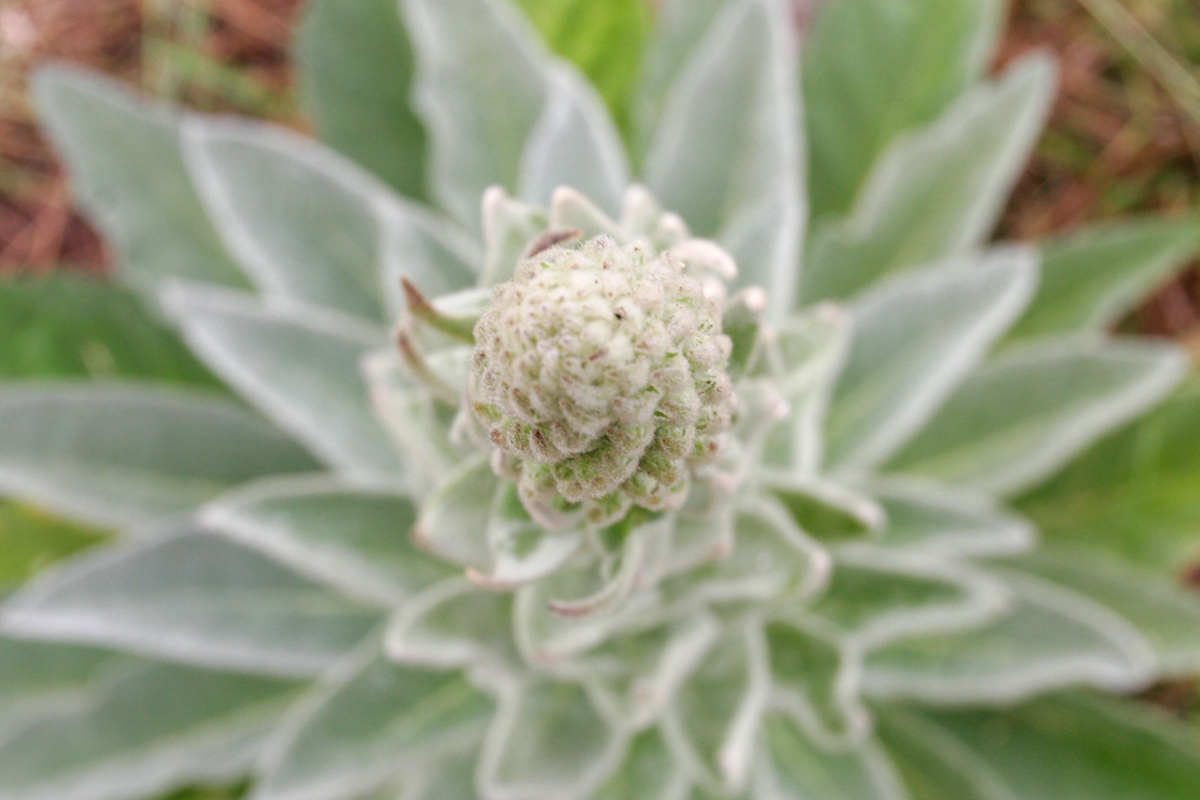
Information on Mullein Leaves
Mullein plant originates from Northern Africa, Europe and Asia. It comes from the family of scrophulariceae and its botanical name is verbascum thapsus. It is also sometimes referred to as witches candle, grandmother’s flannel, velvet plant, lungwort or candlewick because of its wooly appearance.
It is characterized by rosettes of leaves arranged up the stem in an alternating manner. The leaves themselves are soft and very thick and they can be up to 50 centimeters long. The stems also hold spiked flowers. The leaves are covered by thick trichomes which provide the plant with characteristic silvery appearance.
Mullein Leaves Uses
Mullein leaves are usually dried before any application. Dried mullein leaves can be crushed easily so that they can be used for numerous different types of purposes. Mullein leaves can be of great help for all those who suffer from hemorrhoids, diarrhea and various different types of illnesses which commonly affect the lower and upper respiratory tract.
They sooth the skin and relieve the inflammatory conditions associated with burns. Mullein leaves are very efficient in soothing the irritations of mucous membranes and enhancing the discharge of the mucus and they can also be of great help with various ear problems. Smoked mullein leaves can be of great help in the treatment of cough, bronchitis and asthma.
They can also be of great help when it comes to the treatment of lung bleeding, migraines, tuberculosis, internal bleeding, frostbite, nervousness, bruises, stress, insomnia and various painful sensations. Mullein leaves are very beneficial in relieving constipation, protecting the health of the kidney, treating bronchial congestion, reducing the symptoms of pneumonia, soothing the inflammatory conditions of the trachea and relieving all types of irritations.
Mullein Constituents
The list of most important constituents of mullein leaves contains resin, sulphur, glycoside, calcium phosphate, saponins, hesperidin, potassium, verbascoside, iron, magnesium, tannins, choline, carotene and mucilage. Mullein leaves are very popular because they have very potent antibacterial, vulnerary, antispasmodic, sedative, astringent, mucilaginous, anodyne, expectorant, diuretic and demulcent qualities.
Side Effects of Mullein Leaves
Mullein Leaves can also sometimes be associated with certain types of side effects. Topical usage of mullein leaves can trigger contact dermatitis while oral consumption may induce unwanted sleep. One should always consult the physician before using mullein leaves and it is always a good idea to carefully follow all the label instructions before the actual usage. Mullein plants sprayed with herbicide should be avoided.




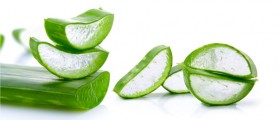
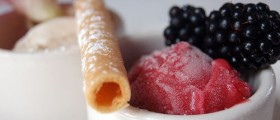
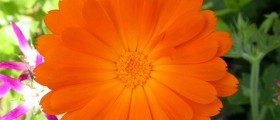
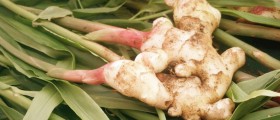
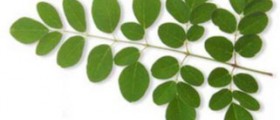
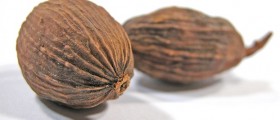
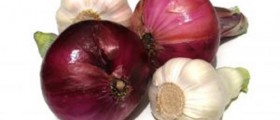
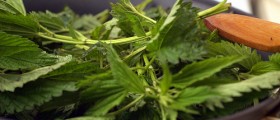
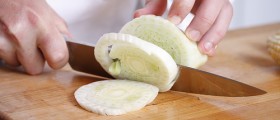

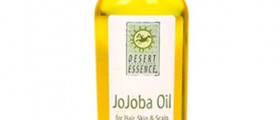


Your thoughts on this
Loading...